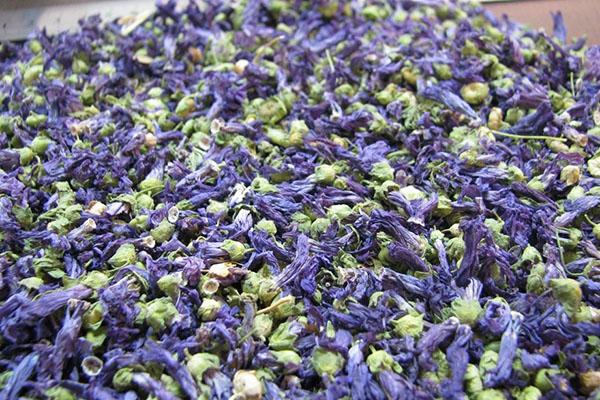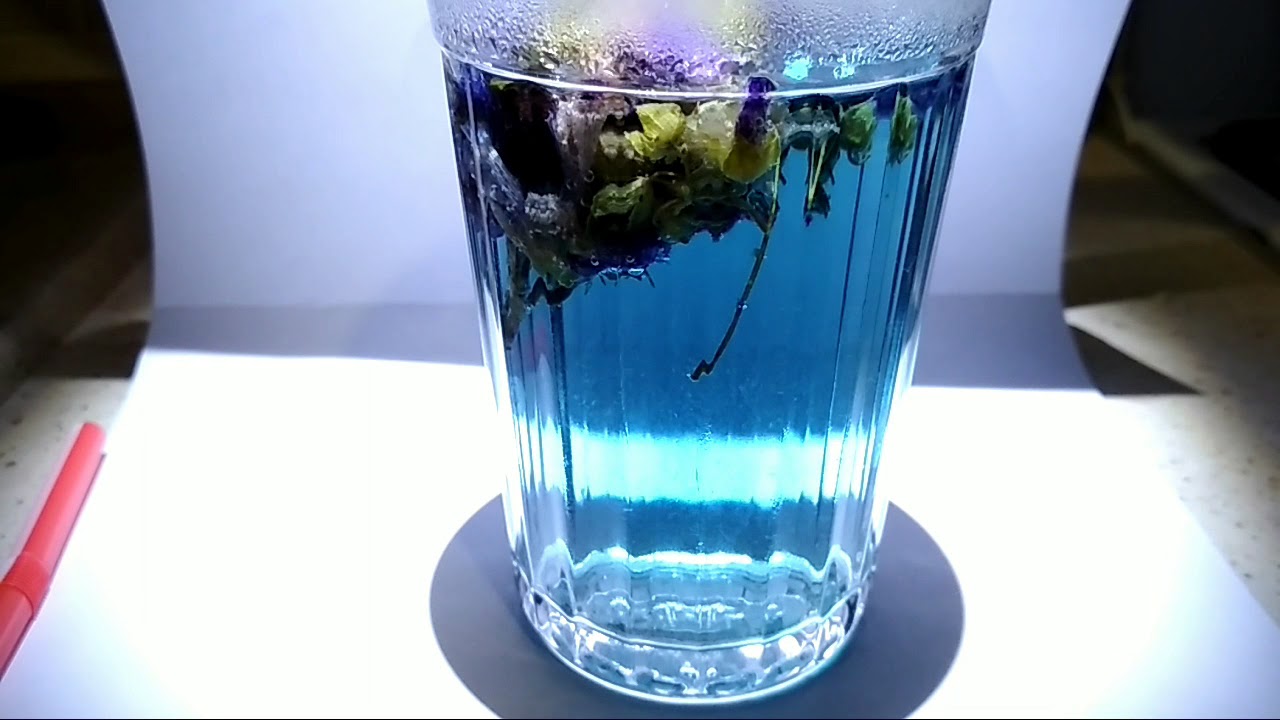Mallow tea is an ancient natural remedy. Wild mallow relieves dry coughs and inflammation of the mucous membranes… with its slimy effect!
Mallow tea: Wild mallow versus hibiscus
Mallow tea – what are we talking about exactly? Mallow tea consists of the wild mallow – the Malva Sylvestris. Both the wild mallow and hibiscus belong to the mallow family. Charlemagne already had them cultivated in monasteries because of their medicinal benefits – and this is how they conquered all of Europe. Because their blossoms and leaves are rich in mucilage: mallow tea relieves symptoms in the mucous membranes because this active ingredient forms an enveloping and soothing protective film when it comes into contact with moisture.
Mallow tea: Effect and areas of application
Mallow tea is known as a remedy for irritation and inflammation in the mouth and throat and in the digestive tract. More precisely: for dry coughs, sore throats, gingivitis, stomatitis, gastrointestinal infections and bladder problems. Mallow is also found in skin and hair care products. Mallow tea has no known side effects.
But be careful if you are taking medication: the mucilage can impede the absorption of medication through your intestines. There should therefore be at least two to three hours between drinking mallow tea and taking medication.
Mallow tea from flowers or leaves: the preparation
Instructions for a cup of mallow tea:
Pour a cup of cold water over a teaspoon of mallow tea. A cup is about 150 milliliters.
Bring the mixture to a boil and then remove it from the stove.
Now the mallow tea should rest for ten minutes.
Finally, you pour it off through a tea strainer.
